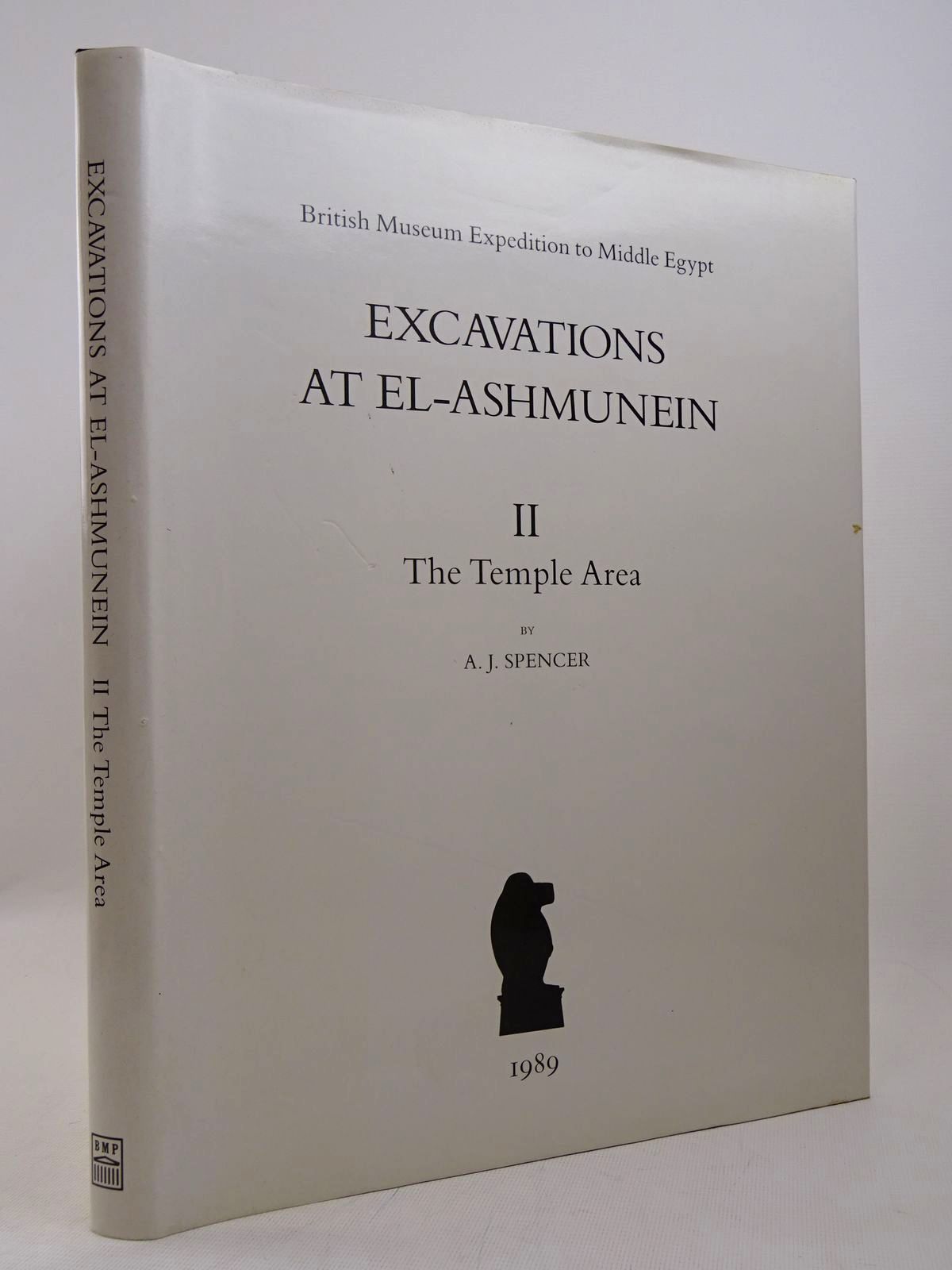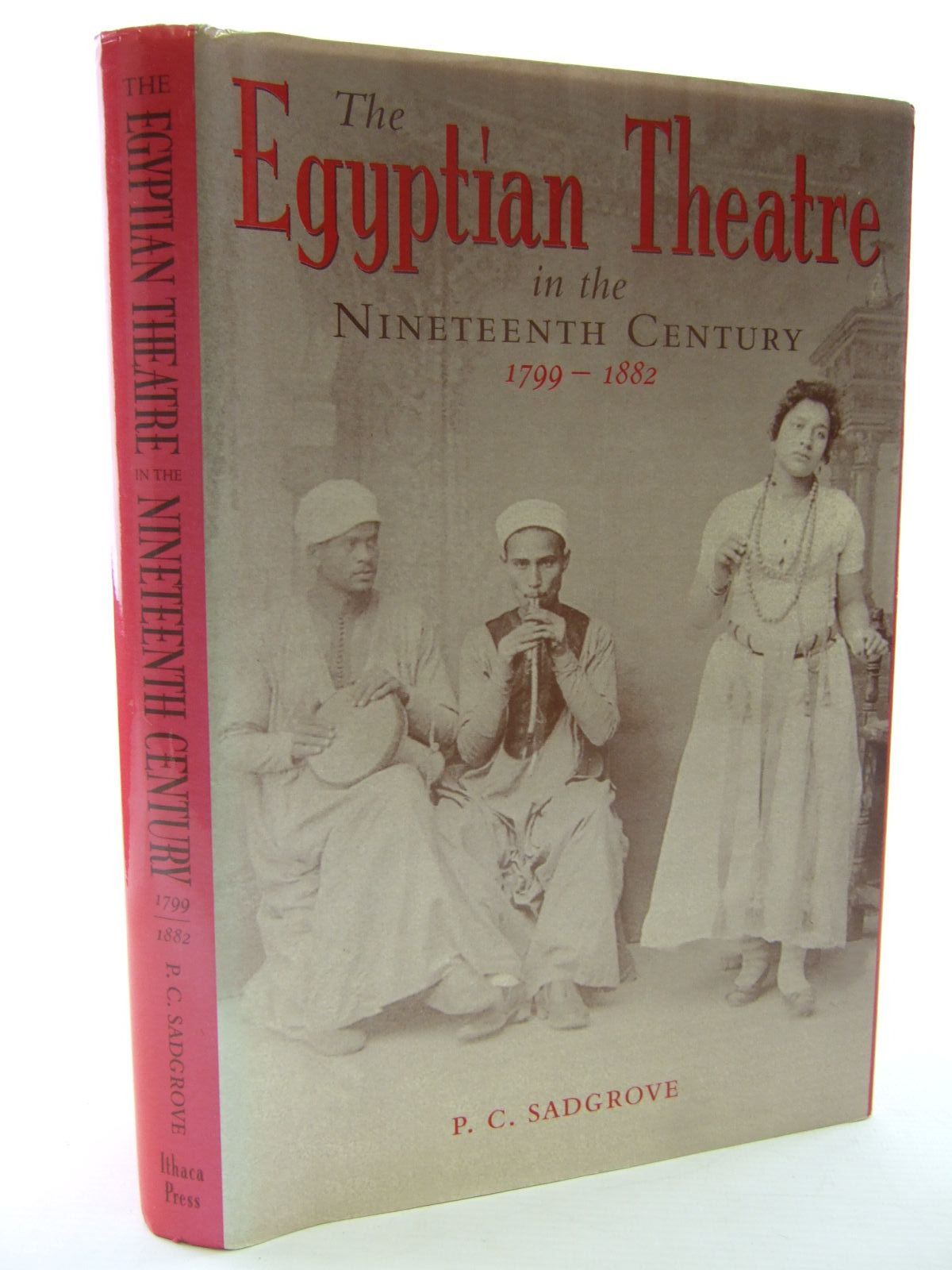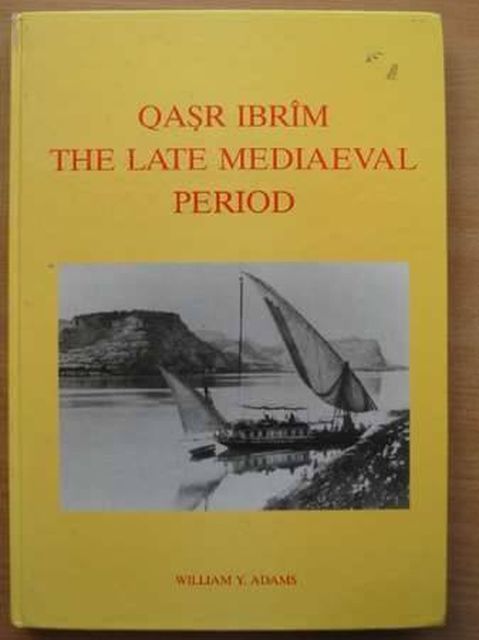Napoleon's Eye - Baron Dominique-Vivant Denon
The life of Dominique Vivant, Baron de Denon (1747-1825) was nothing short of remarkable. Possessing courteous manners, and a gifted conservationist, Denon became a confidant of kings, their mistresses, and emperors. He was a diplomat, author and artist and through his most important publications he would be responsible for the Egyptian Revival in European art and architecture.
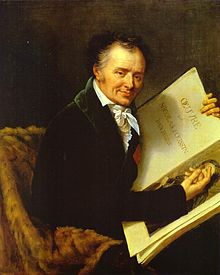
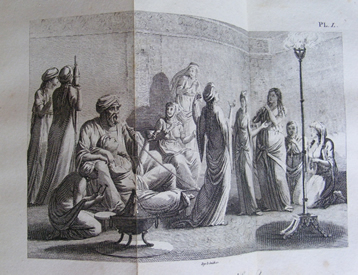
Above: Denon, and illustration from the 1803 edition
Originally trained in law, Denon soon became more interested in art and literature and as a cultured gentleman he became a favourite of Madame de Pompadour and Louis XV who appointed him attaché to the French embassy at St. Petersburg. Denon would later serve in Sweden, Switzerland and then in Italy where he made a careful study of the ancient art and monuments. Denon became a highly accomplished artist, skilled in etching and mezzotinto engraving.
Denon was outside France at the time of the Terror but learned that his property had been confiscated and his name added to the list of the proscribed. With characteristic courage, he returned to Paris and with the aid & protection of his friend, the artist Jacque-Louis David, avoided the fate of so many aristocrats.
After the Revolution, Denon became associated with the house of Josephine de Beauharnais where he met Napoleon Bonaparte, to whose fortunes he shrewdly attached himself. Impressed by his learning and artistic ability, Napoleon invited Denon to accompany him on his Egyptian Campaign, thus setting the scene for Denon's most important publications.
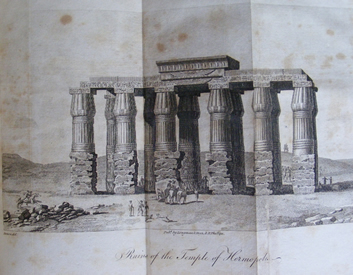
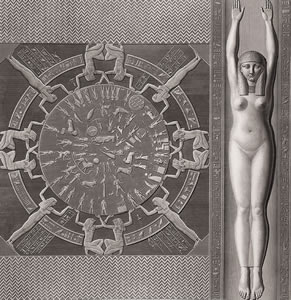
Above: illustration from the 1803 edition, and the famous Zodiac from Dendera
As Napoleon's army advanced through Egypt, Denon accompanied the troops and made a record of the cultural sites. He frequently had just a few minutes in order to capture the scene before him, sketching under fire from the enemy, and at times he had no opportunity to do artistic justice to the wonders of ancient Egyptian art & monuments. Denon rushed past the temples of Luxor and Karnac three times before he was able to return and make detailed sketches!
As Denon surveyed the ancient Egyptian ruins and artworks, he realised that they were a precursor of Greek art & architecture which, in his opinion at least, they exceeded in terms of originality and styling. Napoleon was captivated by Denon's sketches and promptly authorised a further two expeditions to Upper Egypt with the prime purpose of recording the country's antiquities. When Denon returned to France he quickly arranged the publication of his artworks and they appeared in a handsome two-volume edition in 1802. For the first time, his European audience could appreciate the full majesty of sites such as Luxor, Karnac, Philae and Dendera.
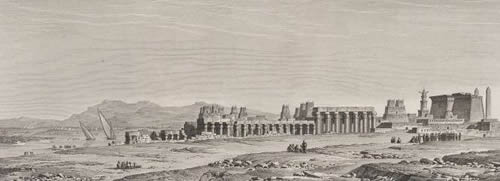
Above: The ruins at Luxor
More controversially, Denon was a hard-headed collector of antiquities. He was appointed as the first director of the Louvre Museum by Napoleon in whose name he 'acquired' vast numbers of artworks for the museum. In terms of the volumes he arranged to be shipped between countries he made Lord Elgin almost look like an amateur! He became known as 'Napoleon’s Eye', referring to his ability to identify objects whose display in museums would highlight the emperor's power and influence. Denon's personal collection of objets d'art was similarly impressive in scale, and was sold at auction over several days following his death.
Contributed by Tim
(Published on 1st May 2013 )


